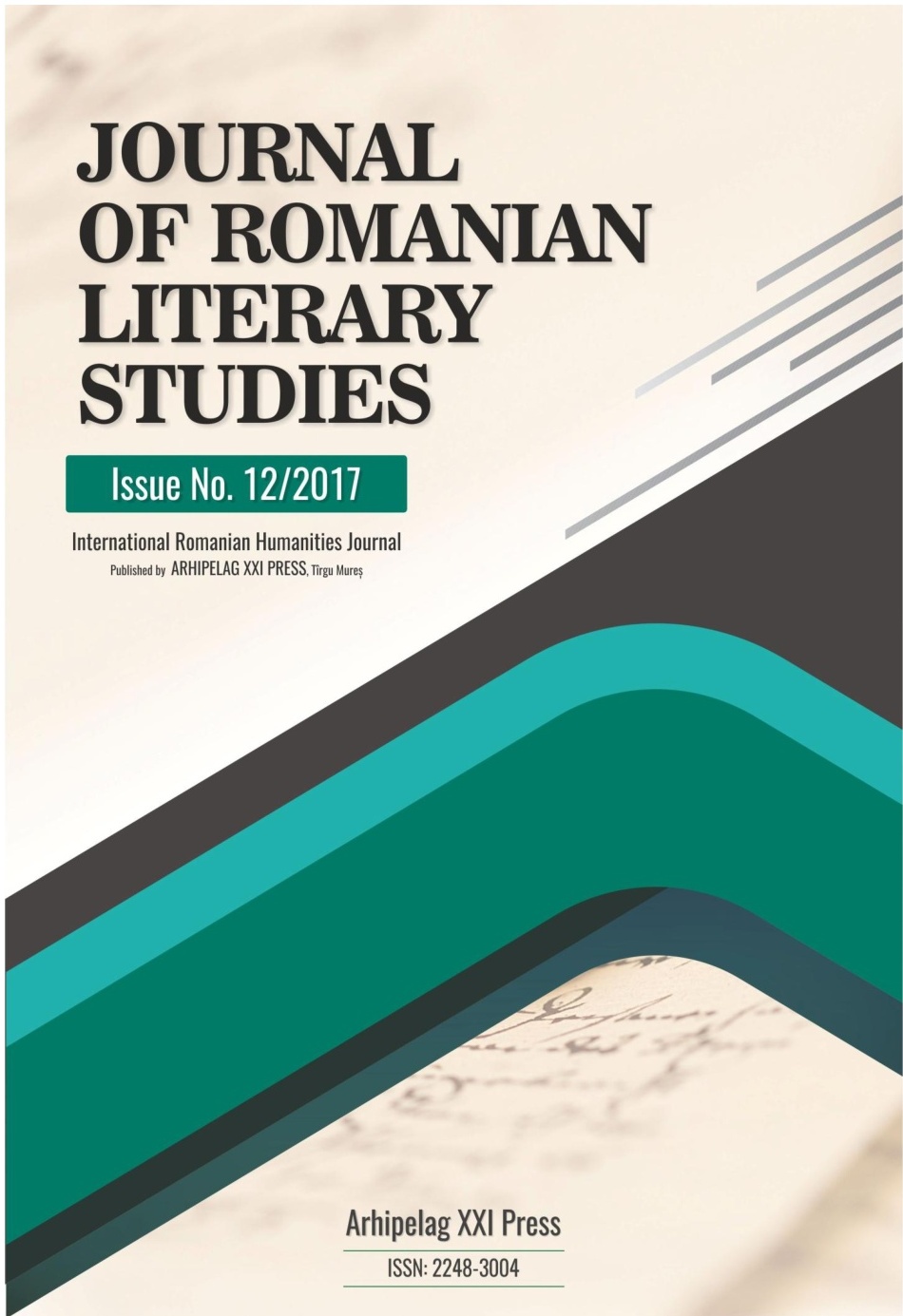TWO INSTANCES OF REVERSED EKPHRASIS: WATERHOUSE’S MIRANDA AND MILLAIS’S FERDINAND LURED BY ARIEL
TWO INSTANCES OF REVERSED EKPHRASIS: WATERHOUSE’S MIRANDA AND MILLAIS’S FERDINAND LURED BY ARIEL
Author(s): Lavinia HuleaSubject(s): Theatre, Dance, Performing Arts, Visual Arts, Studies of Literature
Published by: Editura Arhipelag XXI
Keywords: reversed ekphrasis; Shakespeare; Pre-Raphaelitism; source text; target text;
Summary/Abstract: When attempting at analysing the manner a literary source text is turned into a visual art target text, through reversed ekphrasis, the most important element to focus upon is the perception of the conversion process as an achievement, which is entitled to its own identity and which, although being originated in the literary source text, develops along its innate laws. Reversed ekphrasis develops according to a threefold-stage process, comprising the linear reading of the source text, the conversion of the literary source text, which results in the configuration of the target text and involves two levels of perception, (reframing and destabilization), related to the recognizable character of the source text within the target text, and the substantiation of the conversion, which attributes pictoriality to the target text. With these in view, both Waterhouse's Miranda and Millais's Ferdinand Lured by Ariel should be considered successful reversed ekphrastic conversions of Shakespeare's texts.
Journal: Journal of Romanian Literary Studies
- Issue Year: 2017
- Issue No: 12
- Page Range: 345-350
- Page Count: 6
- Language: English

